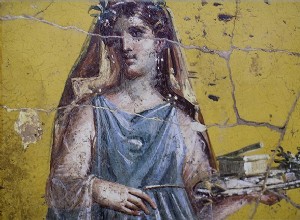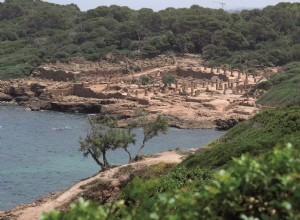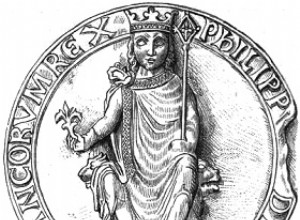Detail of a fresco from Pompeii (Italy). 1st century AD. AD • ISTOCKPHOTO On this day of 52 AD. BC, all the Romans eager for great shows rushed to Lake Fucin, east of the capital. The Emperor Claudius gave the most gigantic naumachia ever organized there. A real naval battle on an artificial bod




